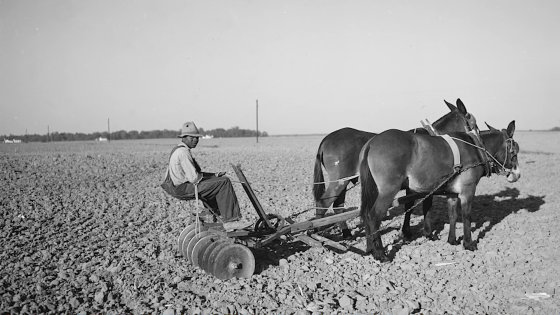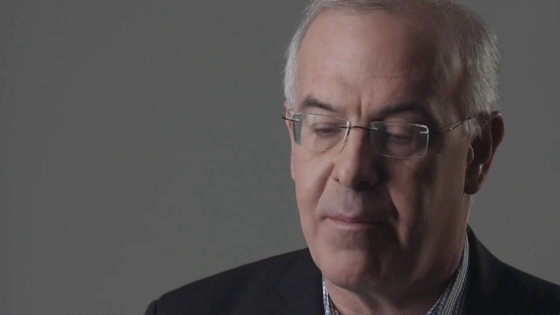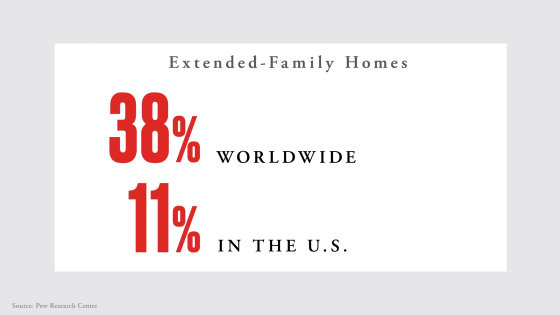Point out that the nuclear family is no longer functioning, why did the nuclear family fail?

In modern Japan,
How the Nuclear Family Broke Down-YouTube
For a long time, in the United States, the nuclear family, 'a couple of men and women and 2.5 children,' was used as the general family form.

However, such nuclear families are no longer valid in the United States. 'We are now in a state of cultural stagnation due to an old family outlook,' said writer David Brooks.

According to Brooks, the family has historically been an economic unit for farming in the first place. In the 1800s, 75% of American workers were farmers and the remaining 25% were family members.

In the southern United States, African Americans were forced to live apart as slaves ...

Other than that, I lived as an extended family living with couples other than the householder, such as a couple, children, and siblings. Because the extended family lived in large numbers, when some relationships were broken or someone died, another person made up for it.


Extended families not only functioned as economic units, but also as 'moral units.' In such an environment, the children learned traditional values and the idea of good and evil.

Then, from the latter half of the 19th century to the 20th century, the number of factories increased in large American cities.

Young people leave their parents' homes and go out into the city to pursue their dreams.

The number of nuclear families began to increase in the postwar 1950s, and by 1960 the number would be overwhelming.

Nearly 78% of children grew up as nuclear families in the 1960s, and there was even pressure in society to 'become a nuclear family.'

However, the success of the nuclear family was, in fact, associated with postwar factors.

At that time, salaries were on the rise, so even one man could earn enough income to support his family.

Therefore, the housework could be left to the women.

People could enter the trade union, enter the church, and believe in society.

But such an era ends in 1965. And the nuclear family, which was enthusiastically supported in the 1950s, now causes stress.

Between 1967 and 2017, the number of people living alone in the United States doubled.

And the median age of marriage increased for both men and women. Compared to the 1960s, men were 22 to 30 years old and women were 20 to 28 years old.

The birth rate has also been on a gradual decline since the sharp decline in the 1970s.

As the number of families in the nuclear family has decreased, more household chores have to be done by one person. The distribution of housework is often unequal within the family, and even today, women still have to spend a lot of time doing housework and raising children.

“The transition from extended families to nuclear families makes“ great freedom and freedom ”because wealthy people can afford to work, but not for those who are not wealthy.” Mr. Brooks.

In the United States, only 11% of extended families live, but globally 38% still live as extended families.

In Gambia, the average family is 13.7 ...

Up to 70 relatives live in groups in Mexico.

Of course, extended families also have their disadvantages. Because of the large number of people living together, we couldn't be alone, there was no privacy, and the woman was trapped in the kitchen cooking 25 meals every day. Because of these disadvantages, people tried to reduce the size of their families.

And Mr. Brooks cites the interesting point that 'the family of choice' is seen as a form of the family for decades. The advent of 'family of choice' dates back to the gay and lesbian communities of San Francisco in the 1980s.

People in these communities were often 'drifted' with no family members due to the collapse of the nuclear family. These people came together and became a family again.

The “selected family” shares various challenges and good points of modern life and seeks to be more impartial.

“We need to spread love even more to others. If we don't have the opportunity, something is wrong. The family is a place of protection and unconditional love. The connection is not a deal, not even a volunteer. ''


“The new family shape has spread both in biological and non-biological ways. I think this is a great hope for society,” said Brooks.

Related Posts:
in Video, Posted by darkhorse_log







